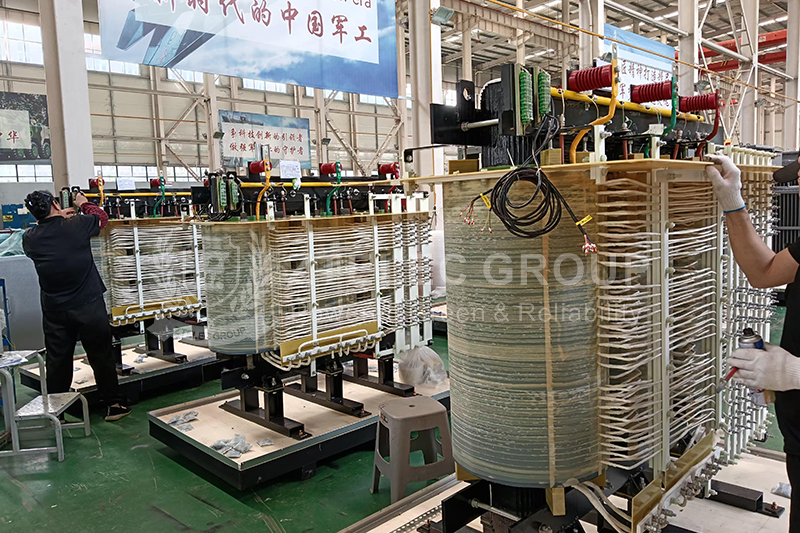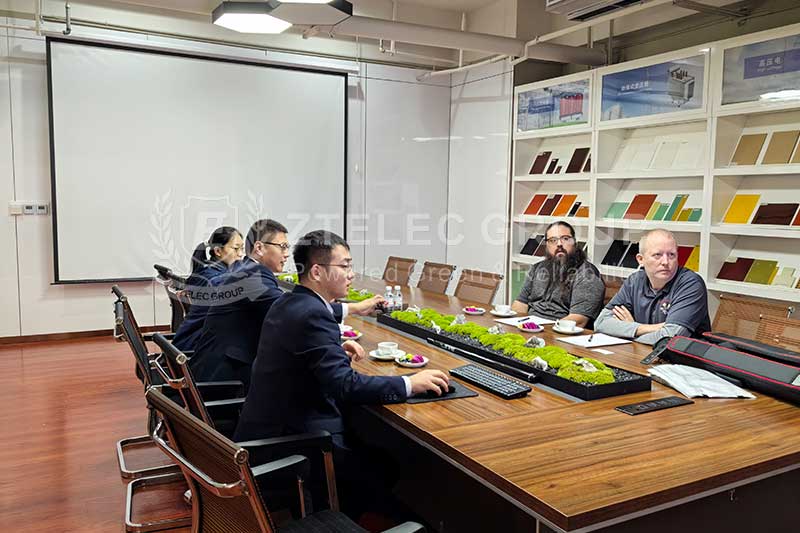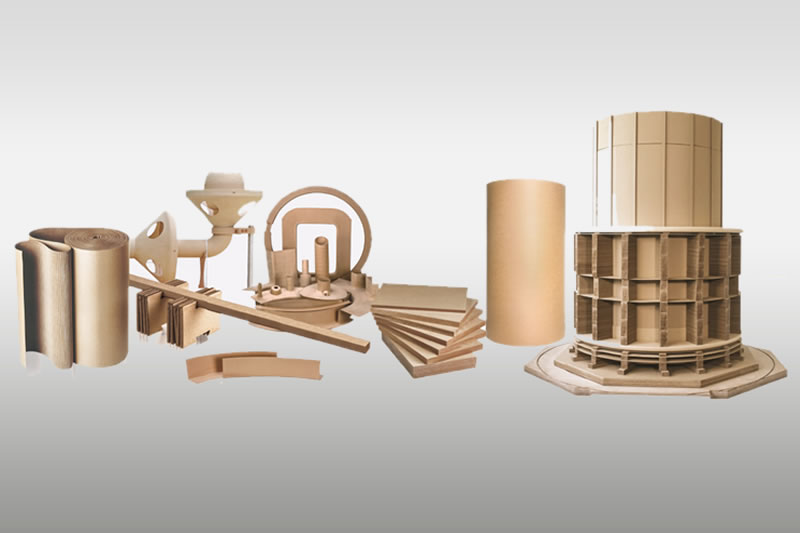What are epoxy resin and fiberglass surfboards, and what are their advantages and differences?
2023-12-28 17:17 | By: ZTELEC-www.ztelecgroup.com | 127click
1.What are epoxy resin and fiberglass surfboards
Epoxy resin and fiberglass are commonly used to make surfboards.
Epoxy resin board
Type: Epoxy is a strong yet lightweight composite material commonly used in the manufacture of surfboards, ships, airplanes, and more.
fiberglass board
Type: Fiberglass is often used as reinforcement, combining with resin to form composites that add strength to surfboards.

2. Advantages of epoxy resin and fiberglass surfboards
fiberglass surfboard
advantage:
Strength and Stiffness: Epoxy surfboards generally have high strength and stiffness, providing good performance.
Lightweight: Epoxy is a lightweight material that contributes to the surfboard’s handling and speed.
Corrosion resistance: Good corrosion resistance to salt and moisture in water.
Processing flexibility: Epoxy resin has good processability and can be customized in shape and design through different processes.
glass fiber:
advantage:
Reinforcement: Fiberglass is a high-strength material that can be used as a reinforcement to improve the overall strength of the surfboard.
Corrosion Resistance: When paired with epoxy, fiberglass also increases the corrosion resistance of your surfboard.
Economical: Compared with some high-performance fibers, glass fiber has a lower cost, which helps to reduce manufacturing costs.
Differences and combinations:
Combination Use: Typically, surfboard manufacturing combines epoxy resin with fiberglass to create a composite material. Epoxy provides overall rigidity and lightweight, while fiberglass adds strength.
Performance Tuning: Manufacturers can tune the performance of a surfboard to suit the needs of different waters and surfers by adjusting the ratio of epoxy to fiberglass, as well as using different types of fiberglass.
Design Flexibility: Using a composite of these two materials gives the surfboard greater design flexibility, allowing for different shapes and performance characteristics.

3.Application fields of epoxy resin and fiberglass surfboards
Epoxy and fiberglass composites are widely used in surfboard manufacturing, and this combination provides strong, lightweight and high-performance surfboards in the surf sport. Here are the main areas of application for this material in surfboard manufacturing:
Surfing: Fiberglass reinforced epoxy surfboards are a common piece of equipment for surfers. These boards offer superior strength and stiffness, providing the performance needed to maneuver in waves and perform tricks.
Competitive Surfing: Professional and competitive surfers often choose high-performance surfboards with a combination of epoxy and fiberglass that meet the demands of competitive levels and provide fast, agile handling.
Surf Instruction: Surf schools and instructors often use epoxy and fiberglass surfboards because they are durable and adaptable to different waters and different levels of learners.
Surfing Competitions: In surfing competitions, competitors typically choose the right surfboard based on the wave and competition conditions. The combination of epoxy and fiberglass offers advantages in providing speed, agility and stability.
Surf Equipment Manufacturing: Surfboard manufacturers and surf equipment manufacturers make extensive use of epoxy resin and fiberglass because their material properties allow the boards to be produced with the desired performance characteristics.
Professional Surfing Equipment: Advanced surfers and professional surfing competition competitors often use surfboards made of epoxy resin and fiberglass to meet highly specialized needs.
Overall, a combination of epoxy and fiberglass is a common choice in surfboard manufacturing to balance lightweight, stiffness, and strength to provide performance for different surfing conditions.
tags:insulation failure transformertransformer short circuittransformer overheatingtransformer overloadtransformer maintenance
- more+releated article
- 2026-01-04Common Power Transformer Faults: Causes, Solut
- 2025-12-312026 New Year Holiday Notice
- 2025-12-31Operation, Maintenance, and Service Life Manag
- 2025-12-30How to Select a 100 kVA–500 kVA Distribution
- 2025-12-29The Impact of NHN NMN Composite Insulation on
- 2025-12-26Practical Application of GPO-3 Insulation Boar
- 2025-12-2510kV Transformer Replacement Timeline: Install
- 2025-12-25Low Smoke EN45545 GPO3 UPGM203 Laminated Board
- 2025-12-24Merry Christmas — ZTelecgroup Christmas Cele
- 2025-12-24How to Select a Suitable 50kVA–500kVA Distri





